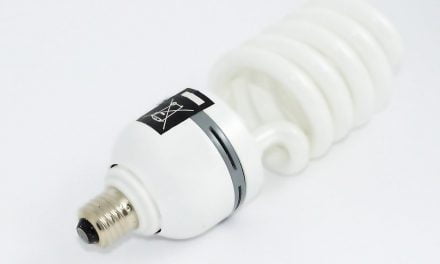What is depreciation?
Depreciation reflects any value-related loss in the property due to use, decay and improvements that have become outdated.
Appraisers setting value for a home using the cost approach method calculate the current construction cost to replace the improvements. From the replacement cost, appraisers subtract their estimate of the accrued depreciation of the existing improvements due to obsolescence and deterioration to get the current replacement value of the improvements.
Added to this is the value of the land as though it was vacant. Thus, the appraised market value under the cost approach is the result of totaling the value of the lot plus the cost to replace the improvements minus obsolescence and physical deterioration (depreciation).
The cost approach is best used when valuing new buildings and special or unique structures, such as churches and factories.
Also, an appraiser places more emphasis on the cost approach when recent comparable sales are not sufficient or the property has no income.
Estimating the cost of improvements which would be incurred today to construct the improvements as they exist on the property involves the calculation of direct and indirect costs.
Direct costs include labor and materials used to construct the improvements.
Indirect costs include expenditures other than labor and materials, including permits and other governmental fees, insurance, taxes administrative costs and financing charges.
Estimated replacement cost under the cost approach
The estimated replacement cost of the existing improvements is determined using one of four methods:
- comparative-unit method: estimates the cost in terms of dollars per square foot or per cubic foot based on known costs of similar structures, adjusted for physical differences;
- unit-in-place method: estimates the unit costs for building components such as foundations, floors, walls, windows and roofs, as well as labor and overhead;
- quantity survey method: the most comprehensive and accurate method for estimating the cost of the labor and materials a general contractor would use to build an identical structure, such as lumber, cement, plumbing, electrical, roofing, stucco, glazing, drywall, insulation and labor costs; and
- index method: the method designed for use in updating historic costs or backdating current costs such as in probate valuations where it is required to establish a number at an earlier date.
After the appraiser estimates the replacement costs, the next step is to estimate and deduct depreciation.
Estimated depreciation cost under the cost approach
There are three types of depreciation:
- Physical deterioration is the loss in the property’s value due to wear and tear. Physical deterioration can be curable or incurable. Examples include damage from termites or damage resulting from deferred maintenance or negligent care.
- Functional obsolescence is any loss in the property’s value due to outdated style or non-usable space. Examples include antique fixtures, a one-car garage or an outdated kitchen.
- Economic obsolescence is the loss in property value due to changes in the property’s neighborhood. Economic obsolescence is external to the property. For example, a property’s value may decrease due to increased noise and traffic if a freeway is built next to it.
History behind the word
The word “depreciate” has been used since the mid-15th century. It originally came from the Latin word depretiatus meaning “to lower the price of, undervalue.” Since the 1640s, the word has meant “less then value of, to lower in value.”

















